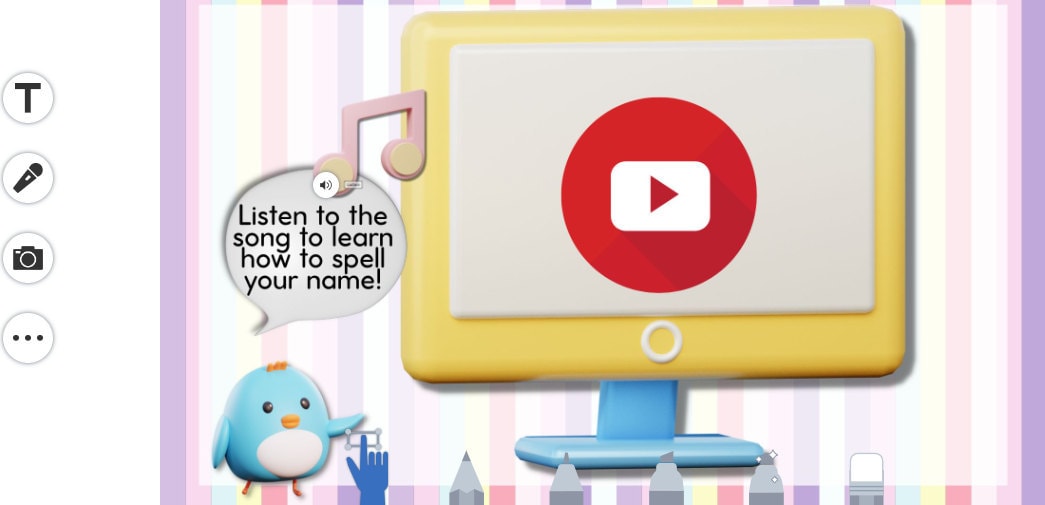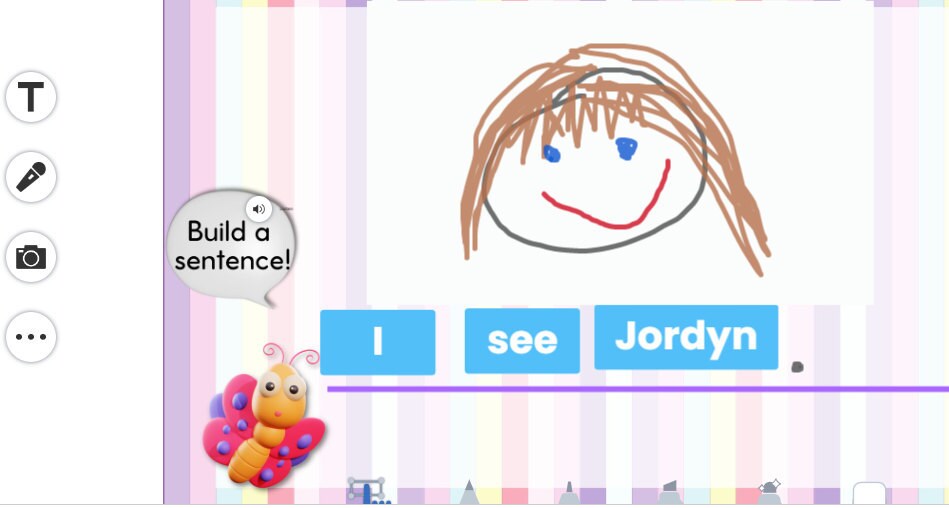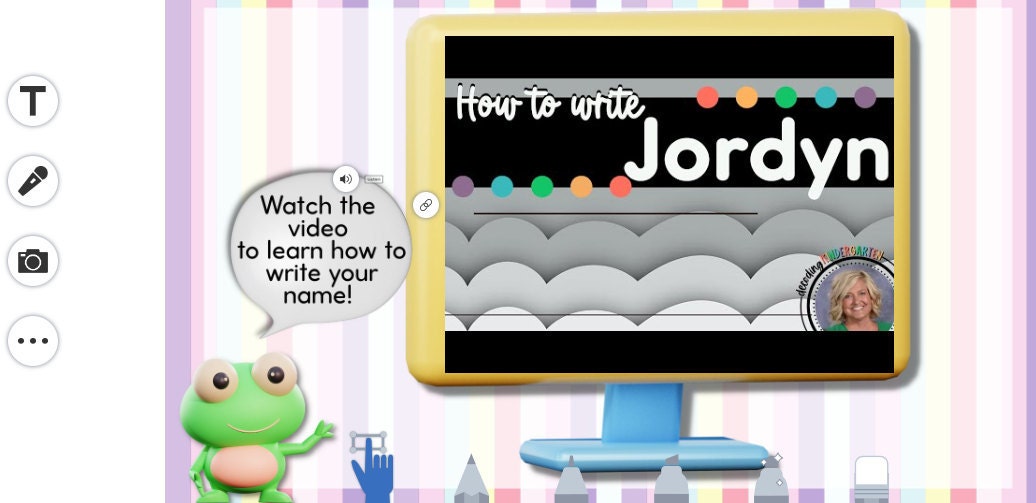As a result of the pandemic, have you noticed a decrease in fine motor skills among incoming kindergarten and preschool students? How do you find the time to work one-on-one with students on name-writing practice at the beginning of the year? My students have yet to master working independently because it is so early in the school year, and they haven't had many opportunities to practice routines and procedures yet. Whenever I do find the time to meet with a student one-on-one, I begin with my baseline assessment. Meanwhile, my students are working independently trying to write their names, usually using incorrect printing techniques and formations.

- NAME WRITING PRACTICE: DIFFERENTIATED
My students often make common mistakes when writing the letters, such as starting from the bottom or going from right to left and filling in missing parts. I understand that young learners are just starting out on their writing journey, so you might be asking, what's the big deal? Bad habits are being formed, and those habits are very hard to break. Students are taught to start letters at the top and move towards the bottom to help them write faster, leading to efficient writing. Research suggests that the benefits of teaching handwriting goes way beyond simply writing (Dinehart, 2014). Handwriting requires fine motor skills, as well as cognitive skills, and those skills provide a solid foundation for academic success. As a result of writing letters, children improve their letter recognition skills, which helps them learn to read more quickly. So what can you do to engage your little learners early on in handwriting so their minds can be freed up to learn essential literacy skills such as phonics?
2. TEACH THE ALPHABET AUTHENTICALLY THROUGH NAMES
During the first few weeks of school, I immerse my students in everything about their names and their new classmates' names. I like doing this because it teaches the letters of the alphabet in the context of something important to them, their name. Instead of having a “Star Student” every week, I do a “Star Student” EVERY DAY at the beginning of the school year. On the first day of school, I start with myself and then scratch off a mystery name card to reveal who will be the next star student. As a result, by the end of the first month, everyone will have the opportunity to participate, which allows us to learn so much about each other and develop strong relationships. Check out my Star Student-Name Edition if you think this is something your students would love! It’s a spin on Star Student with a focus on name activities.

3. PERSONALIZED NAME CARDS
My students love to see their very own pictures and names hanging on the word wall and in the writing center in our classroom. These editable name cards are perfect for any classroom! There are so many things I use these for in my classroom, I laminate them so that we can use them all year long. See the photo gallery below for more ideas on utilizing these name cards in your classroom. Once again, if you immerse your little learners in meaningful activities that encourage learning the letters and sounds of the alphabet, you are setting your students up for a successful reading and writing journey. To save you time, I created editable name cards that you can download for FREE! Let me know how you would use these name cards in your classroom. Do you have other great ways to teach students how to write their names? Leave a comment below and let me know what you want to try this year in your classroom.

Name Cards in the Writing Center
I put the students’ names in a pocket chart in my classroom, and the students love to write their friends’ names on paper, in salt trays, and in books while using different writing tools. What a great way for students to explore writing.




